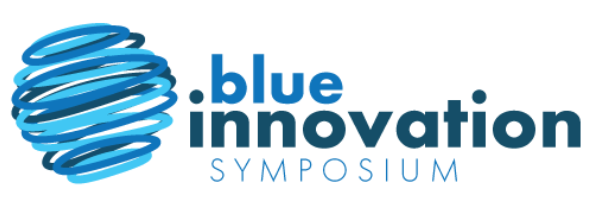
STEM Education: Charting A Course For Success
The key to our future is our workforce and the critical importance of science, technology, engineering and mathematics (STEM) education was underscored in a presentation at the Blue Innovation Symposium by Alan Leonardi, director of NOAA’s Office of Ocean Exploration and Research. For NOAA, outreach, engagement and the focus on workforce development are the key drivers to not only their success but the overall success of any industry.
NOAA works with large and small organizations, philanthropies, and governments to champion innovation and technology. There is a keen realization within the industry that the critical key to sustaining this focus on technology and innovation is developing the workforce for the future. If we can’t inspire our children and students, if we can’t engage and encourage them to be the explorers we need, no project or initiative succeeds.
Take a closer look at NOAA’s efforts to nurture the leaders of tomorrow. The University of New Hampshire has worked closely with NOAA to collaborate with the Office of Exploration and Research and utilized their remotely operated vehicles (ROV’s) to assist in gathering methane seep information. Using state-of-the-art multi-beam echo sounders, they acquired and used acoustic data to quantify the methane gas escaping from the seabed. The University team also developed software that looks at water column sonar information and can automatically identify methane seeps. Before this breakthrough, the process of identifying methane seeps was laborious, labor-intensive and expensive.
Why is identifying methane seeps important? Methane is a greenhouse gas that can escape from the ocean floor and can have a great impact on climate change. But methane also has a value to the benthic community because it acts as an energy source to chemosynthetic communities. Identifying methane seeps allows us to understand the anthropogenic impacts oil and gas projects would potentially have on these benthic communities.
Another example of students breaking technological barriers with assistance from NOAA. For the first time, a group of students developed special techniques to stabilize a 3D printer on a vessel underway. This allowed for the flawless printing of a deep-sea pressure vessel while the ship was underway. This is quite an achievement for a seasoned team of marine engineering professionals, let alone a group of students.
NOAA has been forging and fostering many types of partnerships, collaborations, and technological advancements to elevate our chances of success and to remain a technological leader in the world. NOAA has worked closely with Universities to develop our future leaders in marine sciences and has provided access to federally owned and operated assets for the support and advancement of the oceanographic community, and to better inspire and educate the next generation of STEM professionals. The Blue Innovation Symposium is proud to support the efforts of NOAA and other organizations by bringing together students and professionals today to drive the development of tomorrow’s workforce. Our future depends on it.
